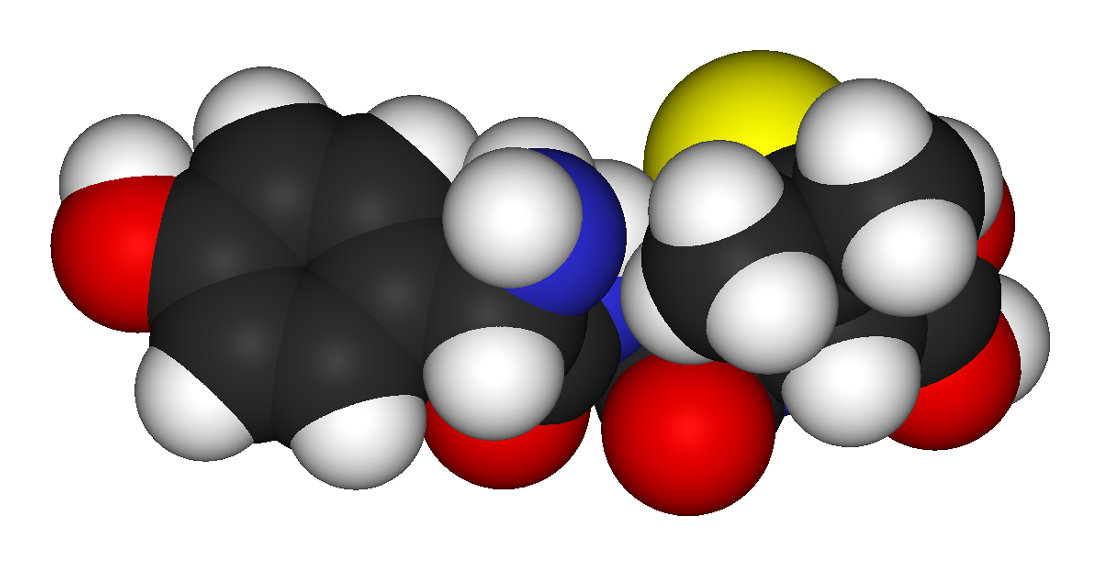| name | Econazole |
| classification | Azole antifungal (specifically, an imidazole) |
| pharmacokinetics | Econazole nitrate is absorbed poorly from the skin and is primarily used topically. Systemic absorption is minimal, but it can occur, particularly with prolonged or occlusive applications. Metabolism occurs primarily in the liver. Excretion is primarily through the kidneys. |
| suggested dosage | | note | Dosage varies greatly depending on the form and intended use (e.g., topical cream, powder, or oral solution). Consult with a medical professional for accurate dosage based on the specific condition and formulation. Dosage is typically based on the severity of the fungal infection and the area affected. | | example | For topical application, typically a thin layer of cream or solution is applied to affected areas 1-2 times per day. It can be applied more frequently in some cases, but this should be discussed with a doctor. | | oral details | Oral ecnconazole is primarily used in severe cases and should only be done under the supervision of a doctor. |
|
| indications | Topical econazole nitrate is primarily used to treat superficial fungal skin infections (tinea), such as athlete's foot, ringworm, jock itch, and other dermatophyte infections. It may also be used to treat certain yeasts and molds (e.g. candidiasis) in specific situations. The systemic form is used for systemic fungal infections, usually in conjunction with other antifungal agents. |
| safety in pregnancy | Limited data exists regarding the use of econazole during pregnancy. It is recommended that econazole use during pregnancy should only be considered if the potential benefits outweigh the potential risks. Consult a physician to weigh the risks and benefits. |
| safety in breastfeeding | Limited data is available regarding the excretion of econazole in breast milk. The use of topical econazole during breastfeeding is generally considered safe, but caution is advised. Consult with a physician if choosing to use topical econazole while breastfeeding. |
| side effects | | 1 | Skin irritation, redness, itching, burning, or dryness are common topical side effects. In rare instances, a more severe allergic reaction (e.g., hives, swelling, difficulty breathing) may occur. | | 2 | Systemic side effects are possible with oral or intravenous use and can be more serious. These include nausea, vomiting, liver damage, and other potentially harmful reactions. |
|
| alternatives | |
| contraindications | Individuals with known hypersensitivity or allergy to econazole or any of its components should not use the medication. |
| interactions | Drug interactions can occur with other antifungal medications, as well as certain other drugs (e.g., medications impacting liver function). Consult a physician for a complete list of potential interactions. It is crucial to provide a complete list of any medications you are taking or have recently taken. |
| warnings and precautions | | 1 | Avoid contact with eyes | | 2 | Apply only to affected areas | | 3 | Do not use occlusive dressings unless specifically directed by a doctor | | 4 | Stop use and contact a doctor if symptoms worsen or do not improve after a reasonable period | | 5 | Consult a medical professional for appropriate dosage, duration, and form of administration based on the specific condition and severity of the infection |
|
| additional informations | Econazole is effective against dermatophytes, but some strains may develop resistance over time. Proper hygiene and treatment duration are crucial for successful outcomes. Always follow the directions provided by a medical professional for optimal results and minimize risks. |
| patient specific considerations | | age | No significant age-related adjustment of dosage is normally necessary, except when considering interactions with other drugs or the patient's overall health. Consult a physician | | weight | Weight is generally not a primary consideration for topical application of econazole. However, if the patient has underlying health conditions, it is important to inform the physician. |
|

